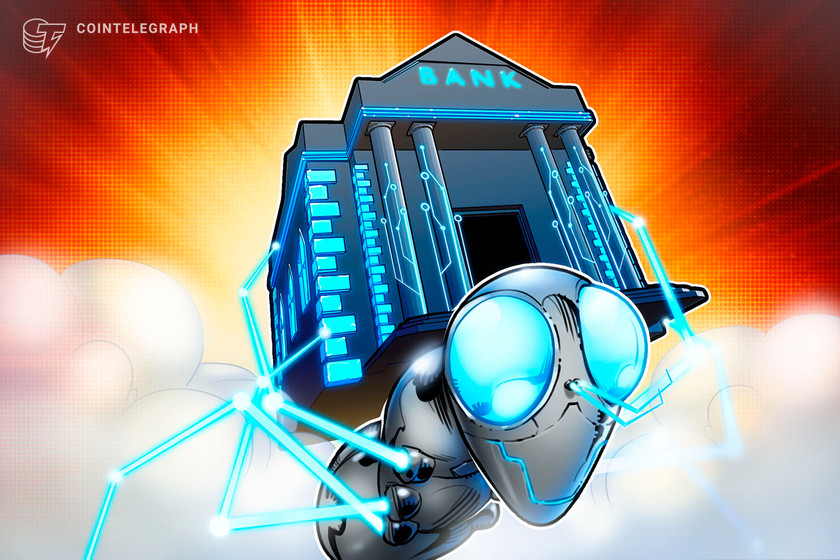Bitcoin’s water consumption: A new environmental threat?


New studies have examined the water consumption of Bitcoin, with alarming results.
Bitcoin, the world’s leading cryptocurrency, has long been under scrutiny for its environmental impact due to the energy-intensive nature of its mining process.
Since its inception in 2008, Bitcoin has never been hacked. Its tight security, provided by its proof-of-work (PoW) consensus mechanism, provides value to the cryptocurrency.
PoW, however, is energy-intensive and relies on complex cryptographic algorithms requiring vast computational power.




























